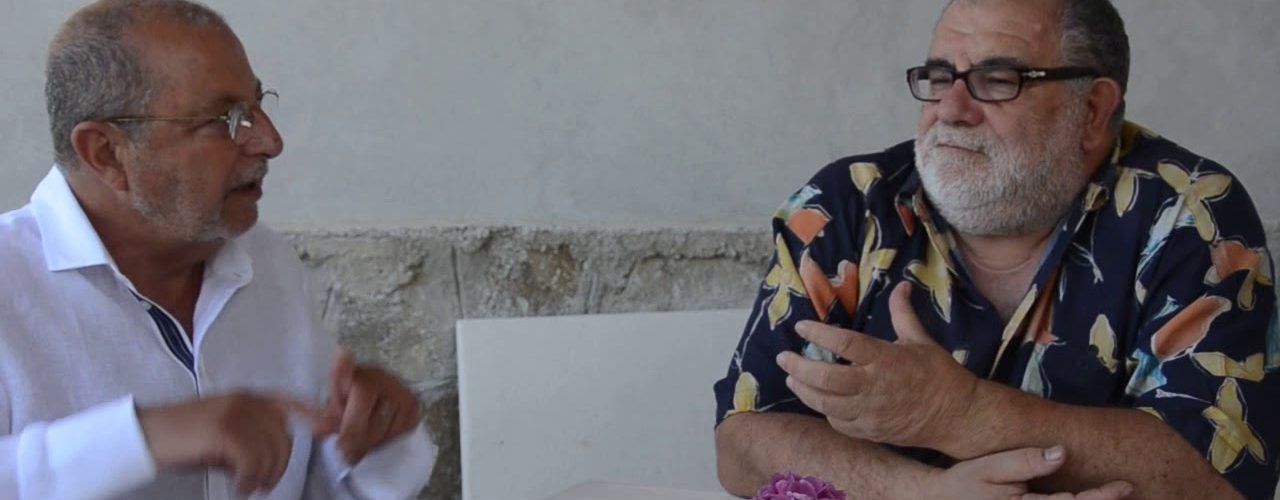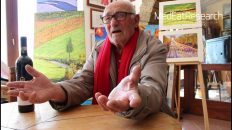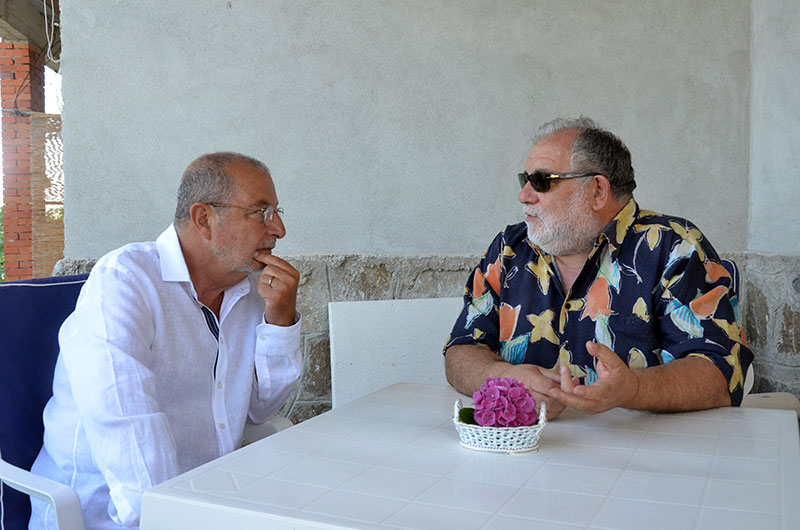Giovanni Assante tells about his life, from his childhood in Ciociaria to the Salesian mission that in 1968 took him in Kejara, Mato Grosso, giving him the chance to meet the Bororo and the Xavante people, until the years when he took over the historic pasta factory Gerardo di Nola in Gragnano.
His favorite dish is his grandmother’s potato dumplings, hand made with water and flour and stuffed with a tomatoes sauce filled with sausage pieces – a sauce that he defines “poor and rich” at the same time, good in the feast days. In general, he likes simple and healthy food: pasta, bread cooked on a wood fire, omelette with onions or vegetables, the traditional vegetable soup (minestra maritata). He likes any food that is good for the body and the soul, the one that reconciles humans and nature. He remembers the wheat rituals that took place during his childhood, the time of sowing, the maturation of the grains in the snow that makes them strong, the shoots of wheat offered at Easter with the palm and, finally, the great feast of June for the harvest. These ceremonies are very similar to those that the Bororo dedicated to the maize, worshiping it as a symbol of Mother Earth. The Indios also loved the tapioca, which Giovanni and the missionary Cesare Albisetti often ate in their villages, along with the meat, freshwater fish, rice, crocodile soup . Food has always been his preferred language to meet the others. The pasta – which he produces in its factory with love , strictly according to tradition – is for him the food that more than any other food, for the variety of its formats, is able to communicate emotions and feelings, and to express all the nuances of life.
Document by: Helga Sanità e Marzia Mauriello, Centro di Studi Sociali sulla Dieta Mediterranea, diretto da Marino NiolaVideo by: Mariaelena Assante
Created: 14-07-2012







